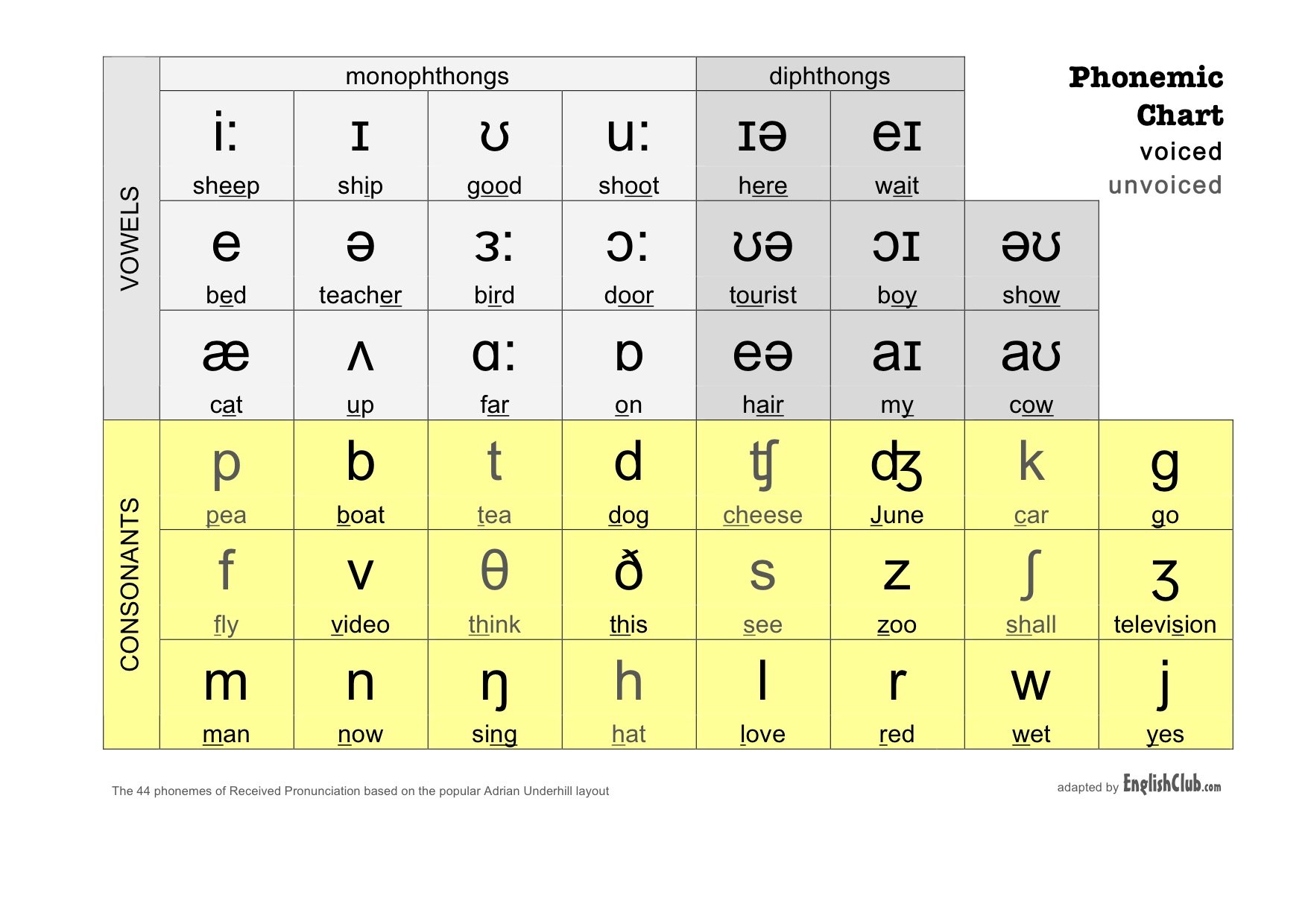
—- * * FOR NEW STUDENTS ** ————————————— ————
- What industry do you work in and what is your role?
- What are your responses in your role / position?
- Can you describe to the function of your workplace / company?
- How many departments, how many offices. National or International?
- What are the minimum requirements for employment ie Education or Experience?
- How many opportunities are there to ‘move up the ladder’?
- What is the process for changing job roles ie Interview? Test?
————————————————– —— ——————————————————
- Current projects? Deadlines? Opportunities?
- Anything of interest happening?
————————————————————————————————————
1. Cashiers have arguably the toughest job in grocery retail. They are the last interaction and most important impression a customer will have in a store. As much as pricing, assortment or displays, they determine the experience for shoppers. Cashiers also collect most of the payments that a grocery store receives, despite being low-paid, sometimes even entry-level workers. So why is there a growing trend to eliminate cashiers with expanded automation, self-checkout and cashier-less technologies?
2. Until recently, retail couldn’t function without cashiers. As a cashier you are the frontline of frontline workers, ringing up customers to make sure every penny is counted accurately. An accurate till is your holy grail. Miss it by a few pennies too often and you are out of job. So you are counting cash and staying present in the moment to make sure you give correct change. As a cashier, you are herding dozens of customers every hour, making eye contact, occasionally smiling or making small talk. You are handling customer complaints and comments, from belligerent anti-maskers mouth breathing all over plexiglass barriers, to the special diets customers who couldn’t find their gluten-free cauliflower crust pizzas because they were looking in the cooler and not the freezer. All in a day’s work.
3. When an item doesn’t scan correctly, or a customer thinks the sale price was X and not Y, you get on the intercom and buzz your supervisor to mediate and solve the momentary crisis. When the grocery department is out of a customer’s favorite item, or in the current circumstances where out of stocks are sometimes hovering over 20%, out of all of a customer’s favorite items, you have to be the diplomat and let them know the situation is temporary (so you have been told) and that you appreciate their business.

If you were given the choice between two stores, one with a cashier and one without, which were otherwise identical, which would you chose?
4. When prices start going up and customers either make pleasant small talk about it or aim their frustration about it your way, you handle it politely and efficiently. On a well-staffed shift, you have a bagger at your side packing customers’ items into shopping bags and loading them into carts. More often, you have to switch gears from scanning items and counting change to doing the bagging yourself, 15, 20 times an hour. Occasionally, a helpful customer even bags their own groceries.
5. The technology will have other knock-on effects in retail operations, like recent tech innovations such as click and collect. Not only does the cashier-less technology make cashiers obsolete, but it requires an extreme form of retail discipline, de-skilling and surveillance in stores. Each product must be in the exact place determined by the planogram from corporate HQ. Product must be faced and fronted frequently so that the inventories are accurately captured by the scanning technologies that track the movements of product and people.
6. The inventories are perpetual, everything that comes on shelf and out the door is tracked and quantified in real time, all the time. There is no option as a clerk to improvise the assortment, add new items, onboard local suppliers, negotiate hot deals at the back dock or change the merchandising to suit the seasonality, locality or evolving customer preferences; those decisions are made elsewhere. This new retail environment is total surveillance of stores, products, staff and customers. In the name of convenience, is the retailer now a panopticon?

What other positions will be next to be Automated, which do you think will be next first, which do you think will take longer. Which positions do you think are unlikely to be automated, Which positions do you want to become automated?
7. Such automation is an existential threat to cashiers, who are a service industry unto themselves. In 2018, 3.3 million people worked as cashiers, making it the third-largest occupation in the U.S. Retail sales or cashier jobs are the most common jobs in 46 states. There are over 865,000 cashiers in the grocery industry, accounting for 30% of this overall workforce. Such retail workers tend to be younger, over 70% are women, and are disproportionately Black, Latin/Hispanic and immigrant. Most cashiers do not have Bachelor’s degrees and are nearly twice as likely to live in poverty and have Medicaid. And unlike their counterparts in some European countries who have stronger unions and better working conditions, most U.S. cashiers need to stand all day at the cash register. The mean wages for cashiers hovered around $12.00 an hour in 2019 and the median earnings for full-time cashiers was just over $22,100 annually.
8. A widespread adoption of this technology would eliminate hundreds of thousands of jobs nationwide. Stores without cashiers may mean slightly lower prices in non-inflationary times, if this cost savings is passed on to consumers. But it also means that incremental profits can be invested into expansion and market share growth. In a retail sector with lax Robinson-Patman oversight, scale is key to locking in better deals with suppliers and underselling competitors.





